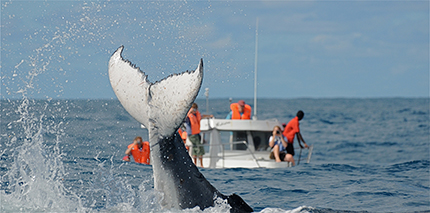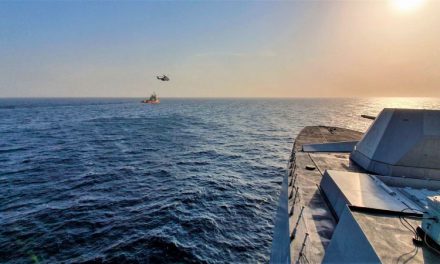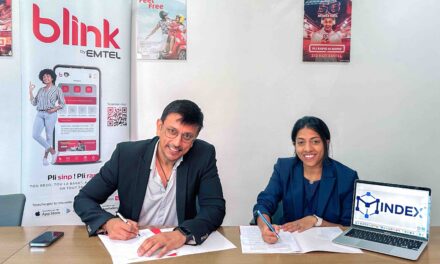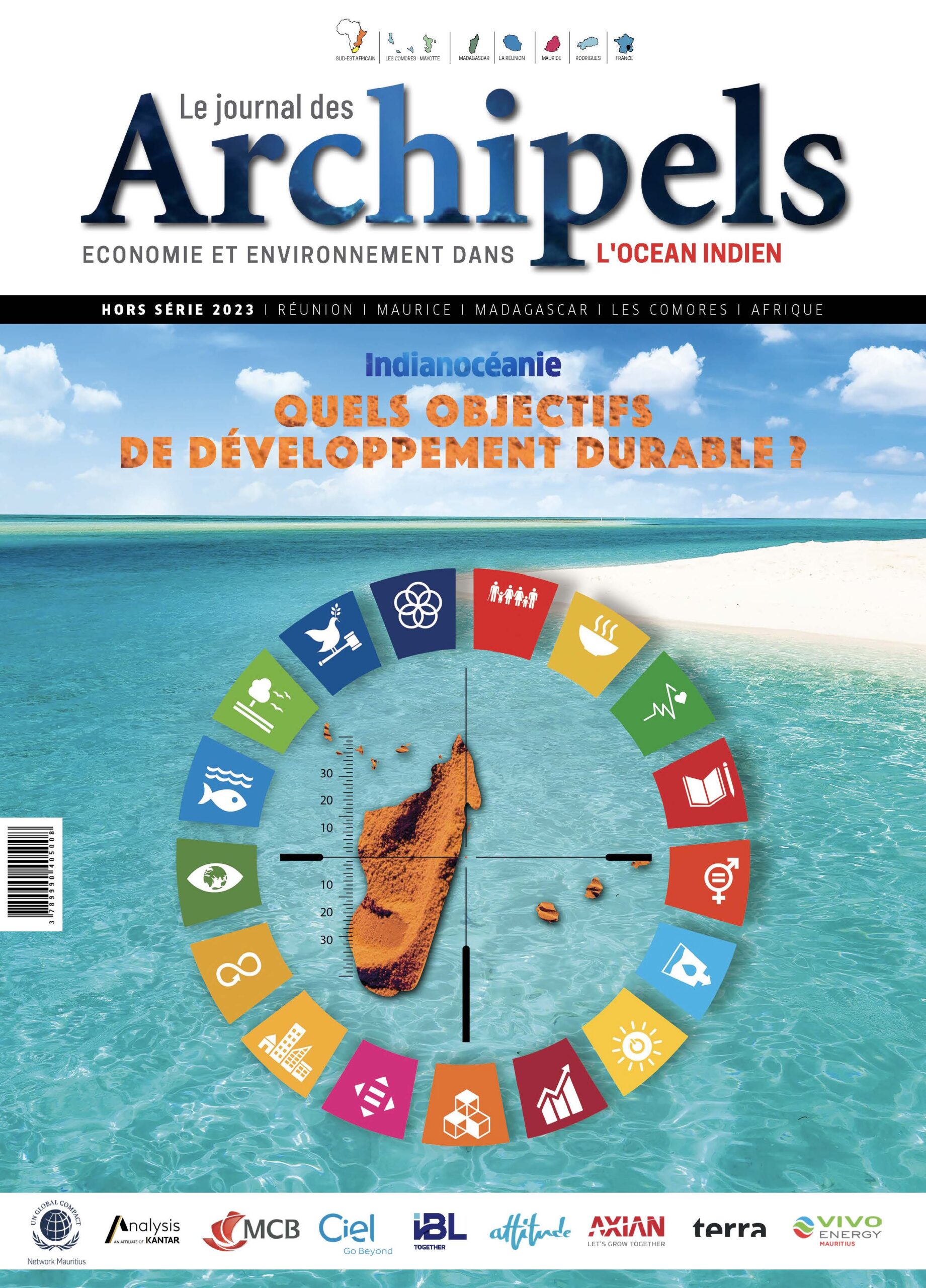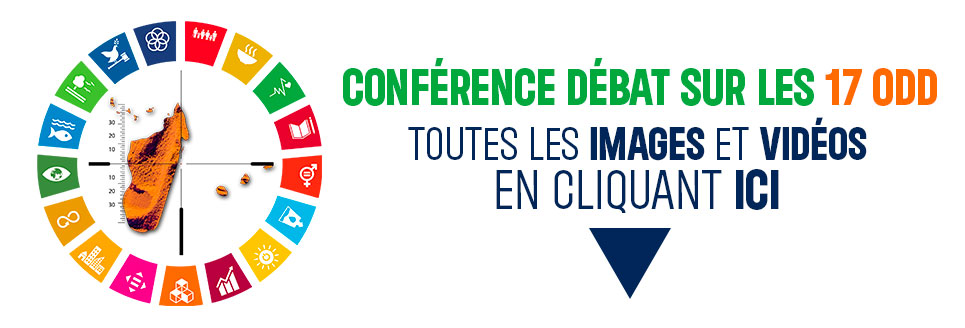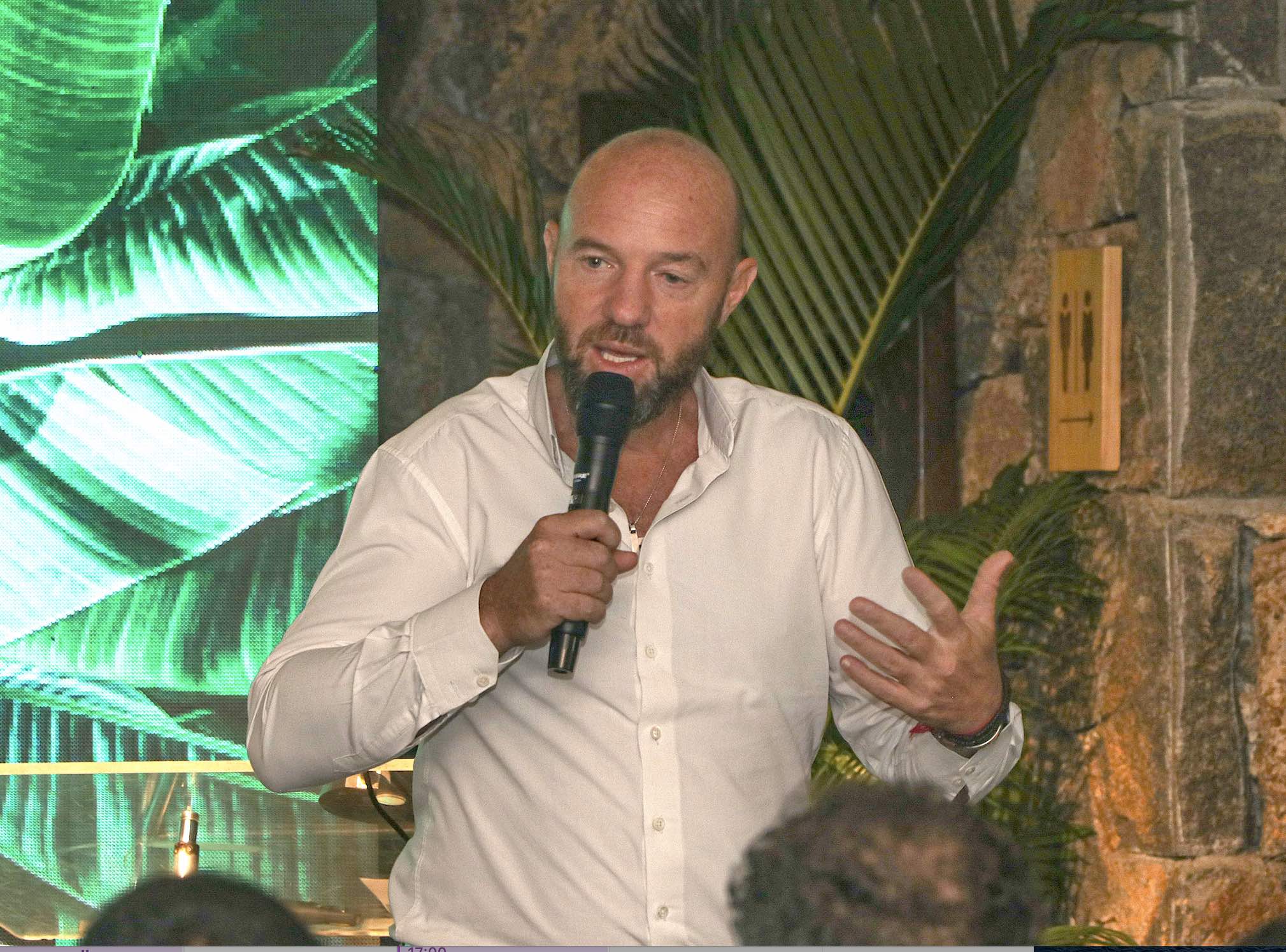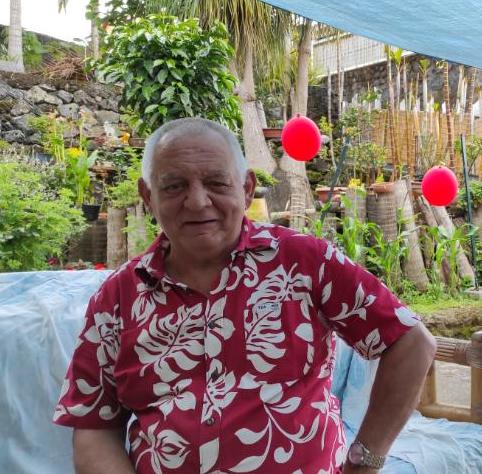The “CATS cameras” will be suctioned on the back of the animal
The NGO CETAMADA is developing an innovative project whose main objective is to update and deepen our knowledge of the biology and ecology of humpback whales using the latest technologies.
The idea is to be able to identify the disturbing factors that can influence whales and guide the implementation of actions to conserve and protect the species. The approaches that will be used are innovative and will therefore be key to future studies on cetaceans and marine mammals in general.
The project, which is to span four years (2020/2024), is structured around three points :
-Study of the acoustic behavior of different social groups
-Studies of lactation and swimming behavior of mother-calf pairs
-Studies of the impact of noise pollution on humpback whales.
These studies will mainly focus on the use of “acousonde” and “CATS cameras” beacons which will be sucked onto the back of the animal. The project is part of a long-term observation logic in order to continue building a database on Madagascar’s humpback whales.
Another innovative project spanning the same period: Sea launches.
The aim of the Sea Lance Project is to make recommendations to Europe on measures to limit the impacts of maritime traffic on marine mammals. The project takes place in 3 different areas around the world :
-The North Atlantic cluster,
-The cluster of the Pacific Ocean,
-The Indian Ocean cluster including Madagascar.
This project is carried out by the CNRS lab and Cetamada is one of the partners in the areas of the Indian Ocean whose role is to collect data by acoustic recording using a hydrophone.


